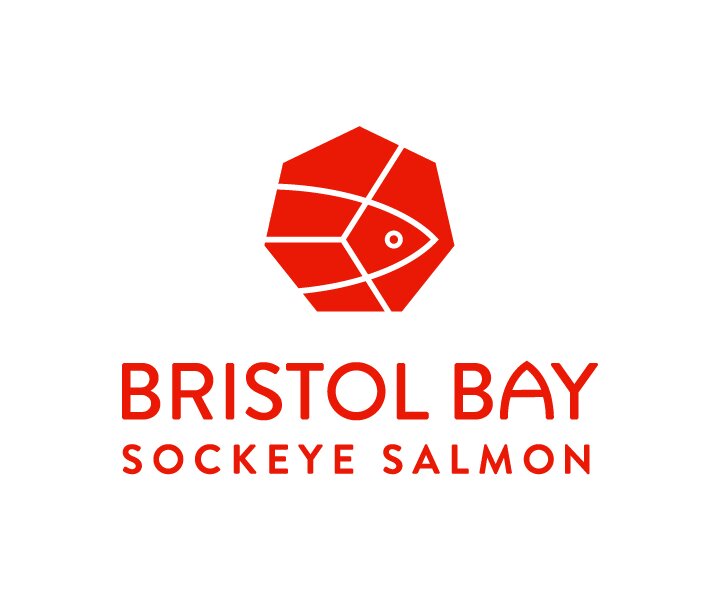New science shows wild-caught salmon among most nutritious and most climate friendly protein choices
/The article titled, Assessing seafood nutritional diversity together with climate impacts informs more comprehensive dietary advice was published September 8, 2022 in Nature scientific journal (LINK to full article)
The study explains that “many but not all seafood species provide more nutrition at lower emissions than land animal proteins, especially red meat, but large differences exist, even within [seafood] species groups and species, depending on production method.” Importantly for the Bristol Bay fishery, the findings conclude, “the highest nutrient benefit at the lowest emissions is achieved by consuming wild-caught small pelagic and salmonid species, and farmed bivalves like mussels and oysters.” Of this short list of seafoods, wild salmonoids are most nutritious.
This figure shows nutrient density and production-related greenhouse gas emissions per edible weight of different important seafood groups as compared to chicken, pork and beef. The sizes of the colored bubbles indicates production volume of the type of protein. For example, wild-caught salmonoids (pink bubble) have a higher relative nutritional score and lower greenhouse gas emissions than farmed salmonoids (pink with a stripe) and the size of the bubble is larger for farmed salmon because there more volume of farmed salmon produced for the market than the volume of wild salmon caught.
Figure 1: “Relative nutrient density and production-related GHG emissions (i.e. post-harvest emissions are excluded) per edible weight of globally important seafood groups from fisheries (solid colours) and aquaculture (striped) at the point of landing or harvest, along with beef (B), chicken (C) and pork (P). Relative size of seafood group bubbles is proportionate to 2015 global edible weight production volumes, and GHG and nutrient density values are weighted by species. Both GHG values and nutrition scores are log-weighted and positioned relative to the weighted average of all included seafood species (3.7 kg CO2e per kg edible weight and NDS 4.0).”
There is significant variability in both nutrition density and greenhouse gas emissions even within species groups. Shown in pink in the table below, you can see farmed Atlantic salmon (pink with stripes) requires at least three times more greenhouse gas emissions to produce than wild caught sockeye salmon.
Figure 2: “Nutrient density scores are based on the 21 nutrients common to all species (full bars) and, where possible, 23 nutrients (grey lines) (for nutrients see Methods). GHG emissions of individual seafood species are representative of the dominant production method for each (or weighted if multiple major production method is employed globally). Solid bars indicate species from fisheries, and striped bars species from aquaculture. Comparisons to land-based animal proteins are based on nutritional content of averaged meat cuts for beef and pork, and fillets for chicken. GHG emissions of beef are beyond the scale at 56 kg CO2e per kg edible product.”
The article states that, “the public debate on future diets is currently strongly focused on the so called ‘green shift’- shifting consumption from terrestrial animal-based to plant-based foods, with far less attention devoted to a possible ‘blue shift’ where aquatic-sourced foods play an increasingly important role. Instead, seafood is often either omitted entirely from discussions or treated simplistically as an undifferentiated whole in studies analysing the combined health and environmental impact of diets.”
As more consumers prioritize a low climate impact alongside nutrition in the products they buy, this is powerful science that can be leveraged in marketing Bristol Bay as a great choice for both important reasons.
Read the full text of the article in Nature HERE






